Châteaux enable us to travel through History and delight architecture buffs. So come discover the most handsome châteaux in Brittany, while diving at the heart of yesteryear's noble families.

1. The château de Suscinio
Located in Sarzeau, on the peninsula of Rhuys, the château de Sucinio was a residence of the Ducs de Bretagne, implanted in the past at the heart of a wide woody space. Built at the end of the Middle-Ages, it owes its emergence to important ducal familes of Brittany, and is still today a testimony of the powerful Ducs de Bretagne at the time. Left by the wayside for a long time, the château de Suscinio was finally renovated starting in 1966. Its colossal allure is set forth notably by its three towers and its curtain wall, its draw bridge and its decorative chapel. Inside, you will discover the reproduction of motifs and decors from the Medieval pavement, while taking advantage of the superb panorama on the Morbihan.
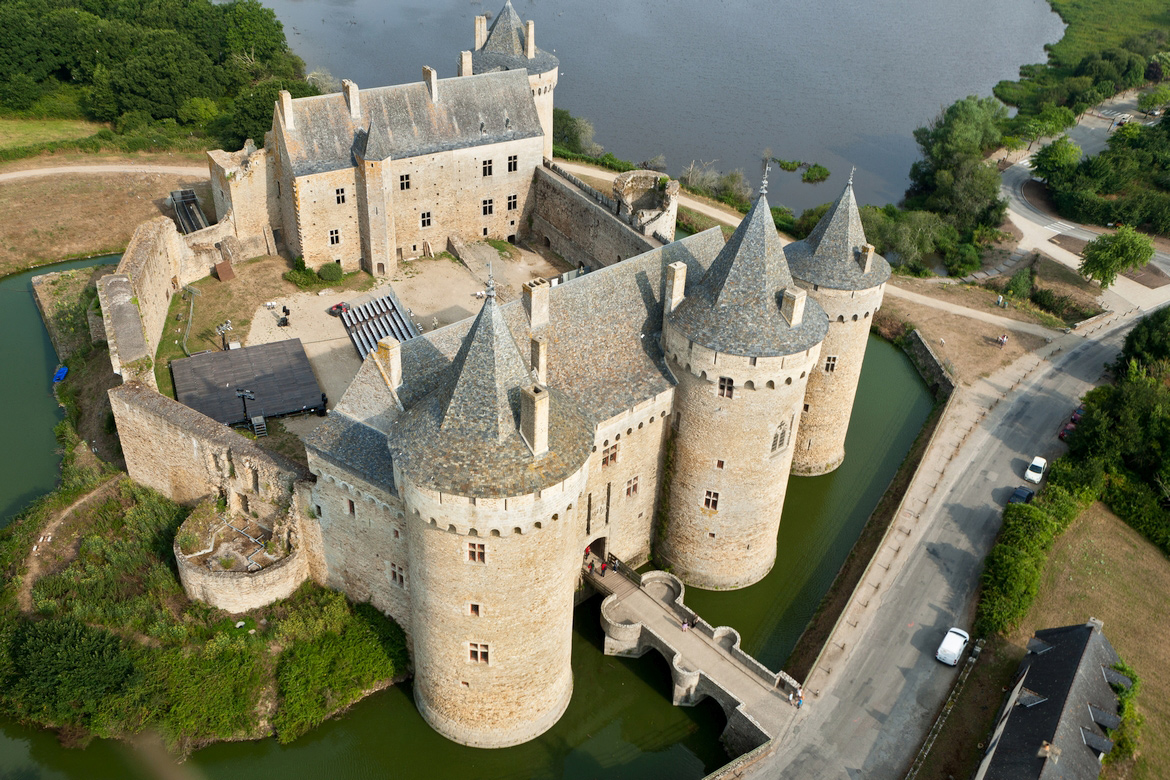 The château de Suscinio overlooks the seashore. © philippe Devanne
The château de Suscinio overlooks the seashore. © philippe Devanne
2. The château de Fougères
Overlooking the Medieval town, the château de Fougères is one of the most imposing French strongholds, built on a total space of two hectares. Its construction, begun in the 12th century, comprises both square and circular towers that stand up with majesty, as well as particularly well preserved remparts, forming three enclosures. While the seigneurial dwellings are in ruin, the château has lost none of its allure and even inspired leading authors such as Honoré de Balzac, who stayed several weeks here, and Victor Hugo, who described at length the Mélusine tower of the château.
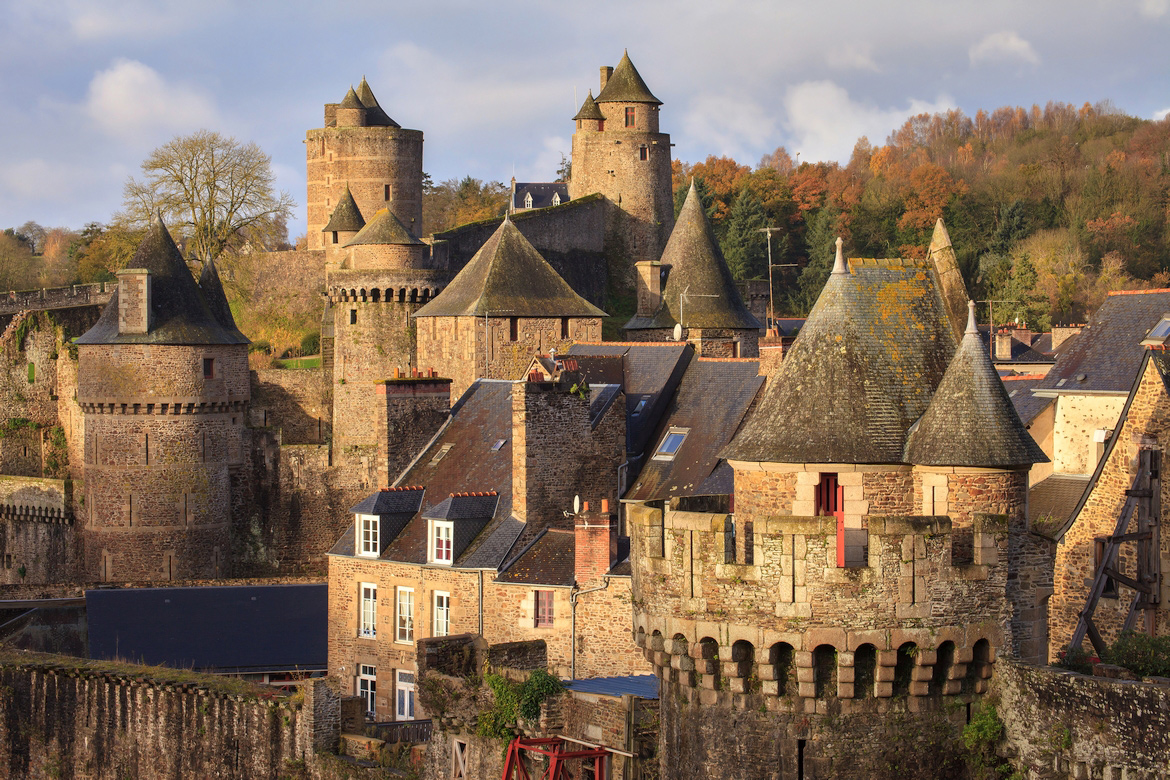 The château de Fougères is built on the naturally protected site of a sturdy rock formation. © aterrom
The château de Fougères is built on the naturally protected site of a sturdy rock formation. © aterrom
Good to know
If you wish to live the château life, check out the ads of châteaux for sale in Brittany.
3. The château de Kerjean
At the heart of the Finistère, the château de Kerjean is part of those that make us dream of a château life. Built in the 16th century during the prosperous years of Brittany, this fortress stands at the heart of a 19 hectare park. The 9 meter diameter dovecoat, at the entrance of the domain, the justice pillars and the fountain near the pond are all testimonies to seigneurial power—without forgetting the three-column well, inspired from the Italian art of the Renaissance. It should be noted that several chateaux for sale present similar characteristics all over France.
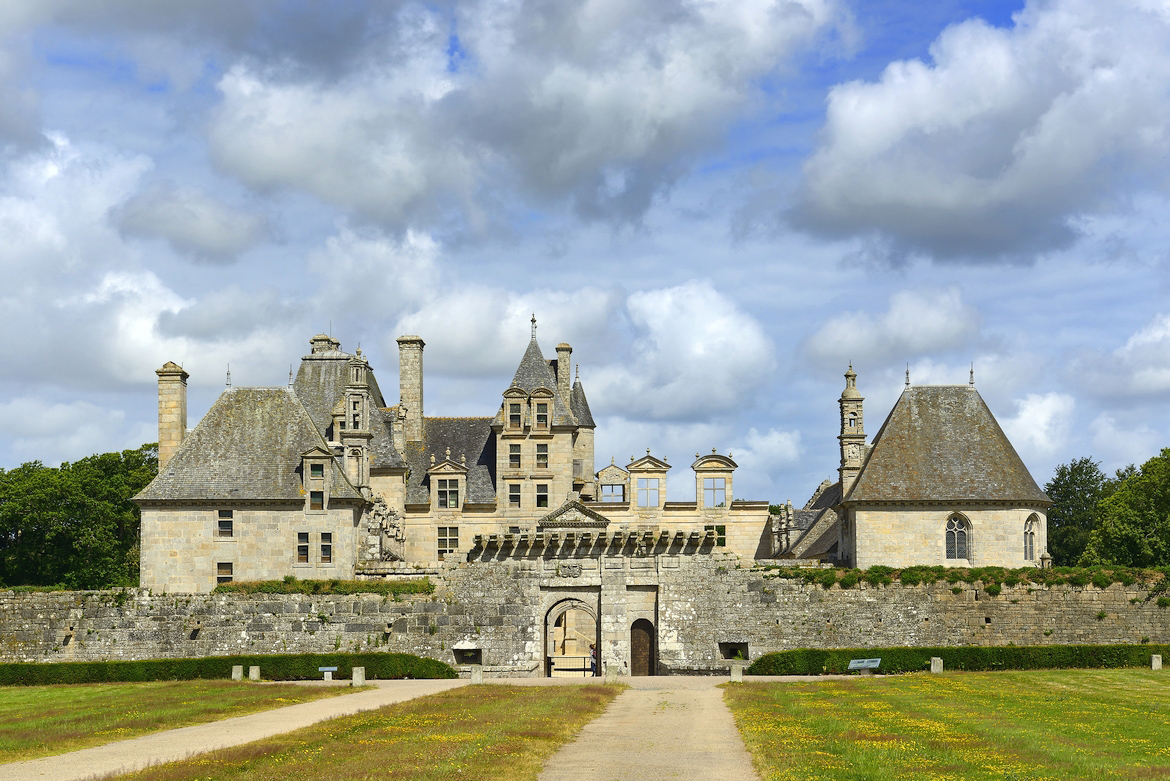 This château is one of the most beautiful examples of architecture in the Renaissance style. © Pecold
This château is one of the most beautiful examples of architecture in the Renaissance style. © Pecold
4. Le château de Josselin
Built between the 11th and the 16th century in the Morbihan, the château fort de Josselin has been the residence of the Ducs de Rohan since its construction. Several times demolished then refurbished, it nonetheless has preserved the fabulous vestiges which delight history and architecture buffs. Today, the château is composed of a long main building, three towers and one tower apart from the main structure, forming an imposing triangular citadelle. Thus, the fortress has preserved a powerful architecture and the ongoing renovations have provided it with a contrasted style, notably with the facade in sculpted granit. Furthermore, the château is enhanced with a jardin à la française and an English style parc, both of which provide an elegant and charming setting.
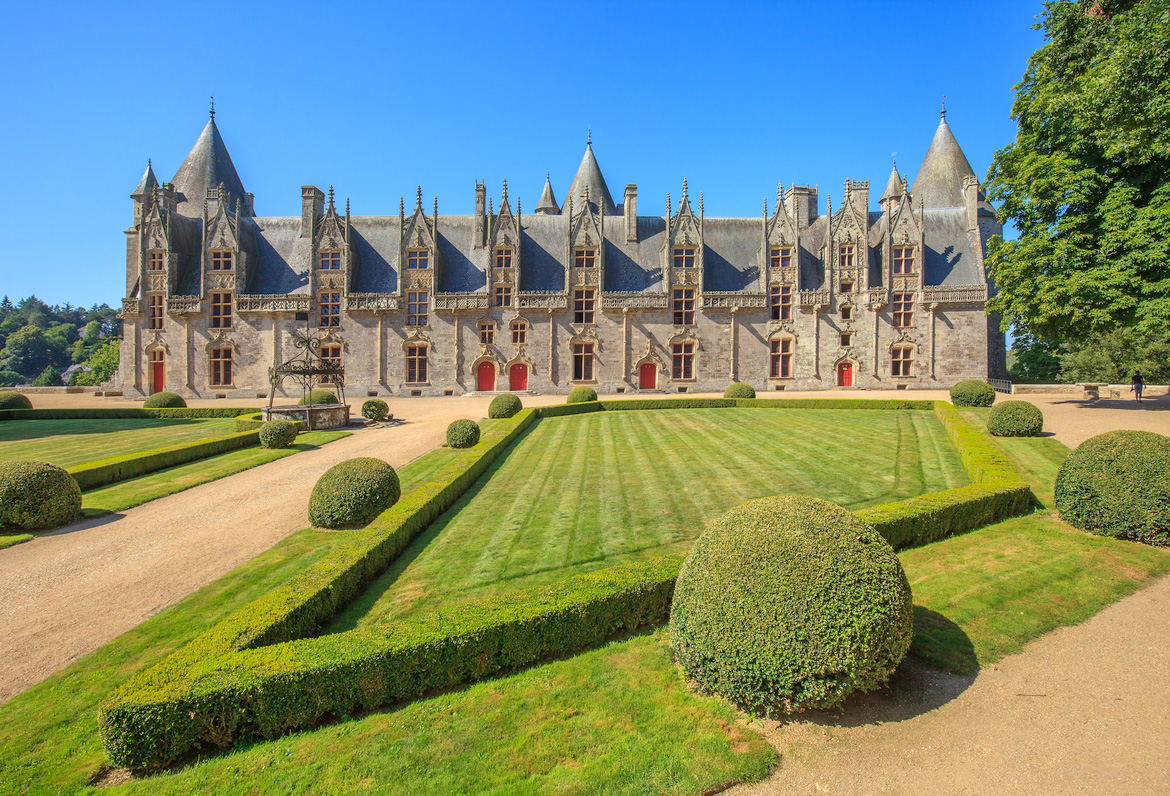 The château de Josselin has been the residence of the Ducs de Rohan since its construction. © aterrom
The château de Josselin has been the residence of the Ducs de Rohan since its construction. © aterrom
5. Le château de Combourg
A Breton fortress, located in Ile-et-Vilaine, the château de Combourg was built between the 12th and the 15th century on a mound, along the shore of Lac Tranquille. It was entirely renovated during the 19th century in a neo-Gothic style, under the influence of Eugène Viollet-le-Duc. This château, which has survived for many centuries, belonged to several important families in Brittany, and notably the family of the great writer, François-René de Chateaubriand, who spent his childhood there. The author immortalized the château de Combourg in his Mémoires d’outre-tombe.
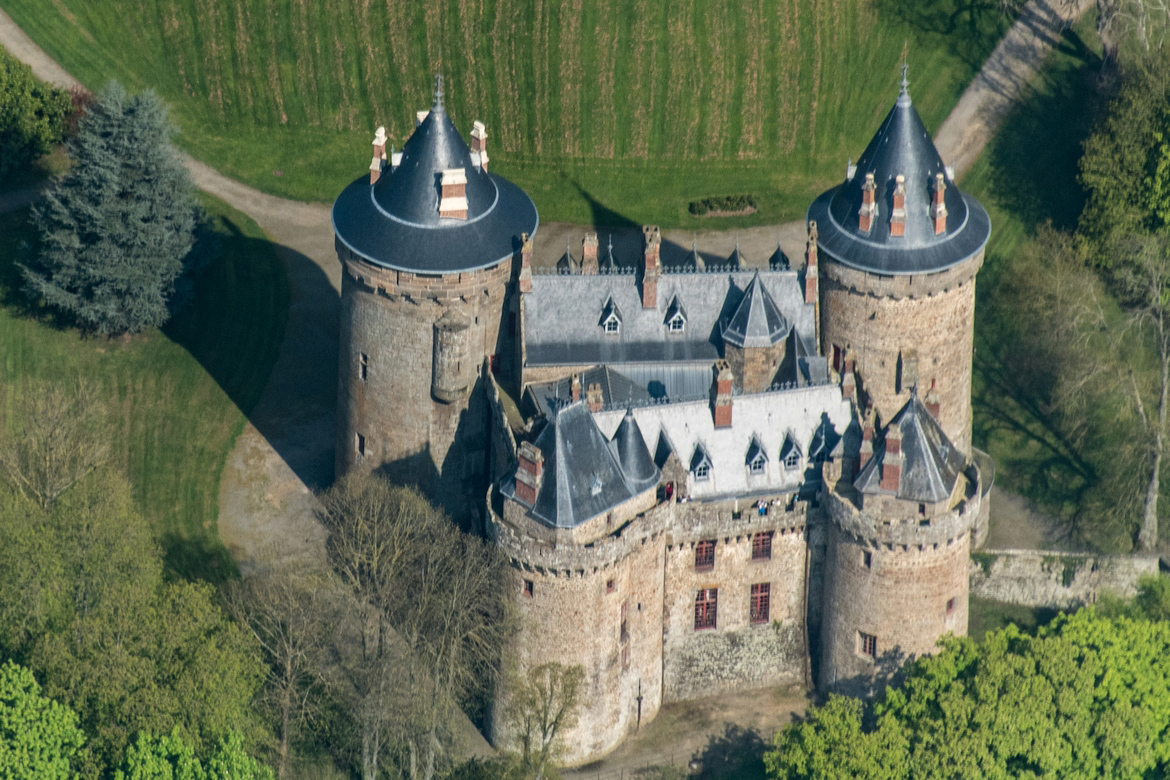 The château de Combourg was initially built to defend the Cathedral of Dol and the independence of Brittany. © Francois
The château de Combourg was initially built to defend the Cathedral of Dol and the independence of Brittany. © Francois
Good to know
You will find other châteaux in Brittany, making you step back in time, such as the château de Tonquédec, the château de Keriolet and the château de Trécesson.

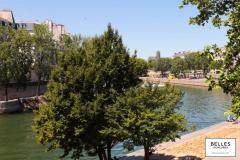
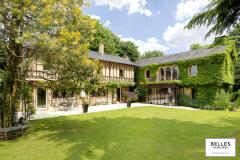
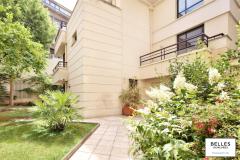
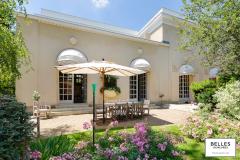
Pouvez-vous nous préciser pourquoi ? (facultatif)